Camilla Toulmin is now a Senior Associate at IIED, Professor at Lancaster University, and Honorary Research Fellow at the University of Oxford. You can see some of her work here.
On the 12th of March, Camilla Toulmin, former Director of the International Institute for Environment and Development presented her findings from a longitudinal study of D’longuebougou, a village in central Mali, at the Environmental Change Institute, University of Oxford. Having conducted her doctoral fieldwork in the village in 1980-82 she returned in 2015-2016, thanks to a fellowship from the Open Society Foundation to document the changes in land use, people, climate, and livelihoods.
Referring to the village and time-scale as ‘DBG@35’ she presented excellent insights into the changes in the community. While the village has become much more prosperous since her last visit, a cursory look at it belies this development: the village still consists mainly of traditional mud houses, with no obvious appearances of prosperity – potentially a tactic to protect themselves from outsiders.
On closer inspections however, one will see that the modest shops (sometimes disguised as houses) that once sold up to eight items, now offer a slew of modern commodities, including a variety of mobile phones. Solar panels and satellite dishes are also a common sight in the village. The villagers recognize this development, particularly through the ease with which they can farm, and with the increasing investment in the area.
Dr Toulmin employed an excellent array of visuals to present and explore the data. For example, the data representations in the image below present the changes in households over time. While a few households divide into multiple households (some of them potentially too small to be viable over time), others have ballooned dramatically to contain about two hundred individuals. Other images examined the changes in well-digging, acquisition of solar panels, changes in rainfall patterns, and the relationship between village activities, and rainfall.
A major result of the research was that despite increasing investment in agriculture, there has been a decline in average food produced every year. This was attributed to a decline in access to dung for fertilizing land, increased incidence of crop pests, and with individuals spending more time on privately owned sesame farms (grown as a cash crop) instead of the village farms (growing millet and groundnut). This last factor was particularly bemoaned by village elders and household heads, who referred to an increase in selfish and individualistic tendencies in the younger generations.
Another finding has critical implications for the dialogue around smallholder farming in developing countries: one cannot be a successful farmer in communities like D’ longuebougou if one is poor. Farmers need assets to be successful at farming, and many assets are associated with the size and prosperity of households. Therefore, larger households have more assets, more people who can be sent to urban areas for earning money without sacrificing on-farm labour, and more social protection against shocks.
Although not explicitly discussed during the talk, her findings and her unique perspective emphasized the value of systems thinking in terms of food security. Her background in economics, her work at IIED and at the front lines of sustainable development in Africa has meant that she has a deep understanding of the complexities, inter-relationships, and nuances underlying the transformations within global food systems. Her work in Mali indicates the value of changing socio-cultural dynamics, migration patterns, ground-level investments, and political environments on food security and food systems.
Blog by Saher Hasnain, IFSTAL Education Coordinator, University of Oxford


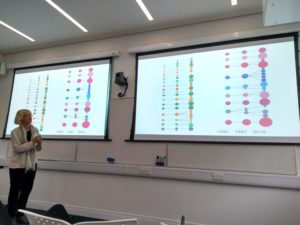
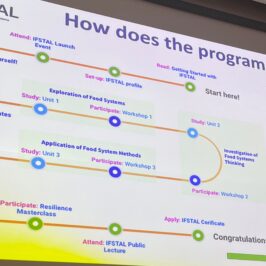

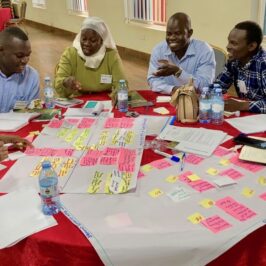
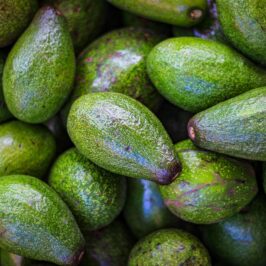
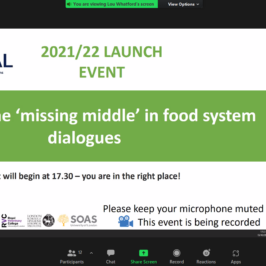

Leave a Reply